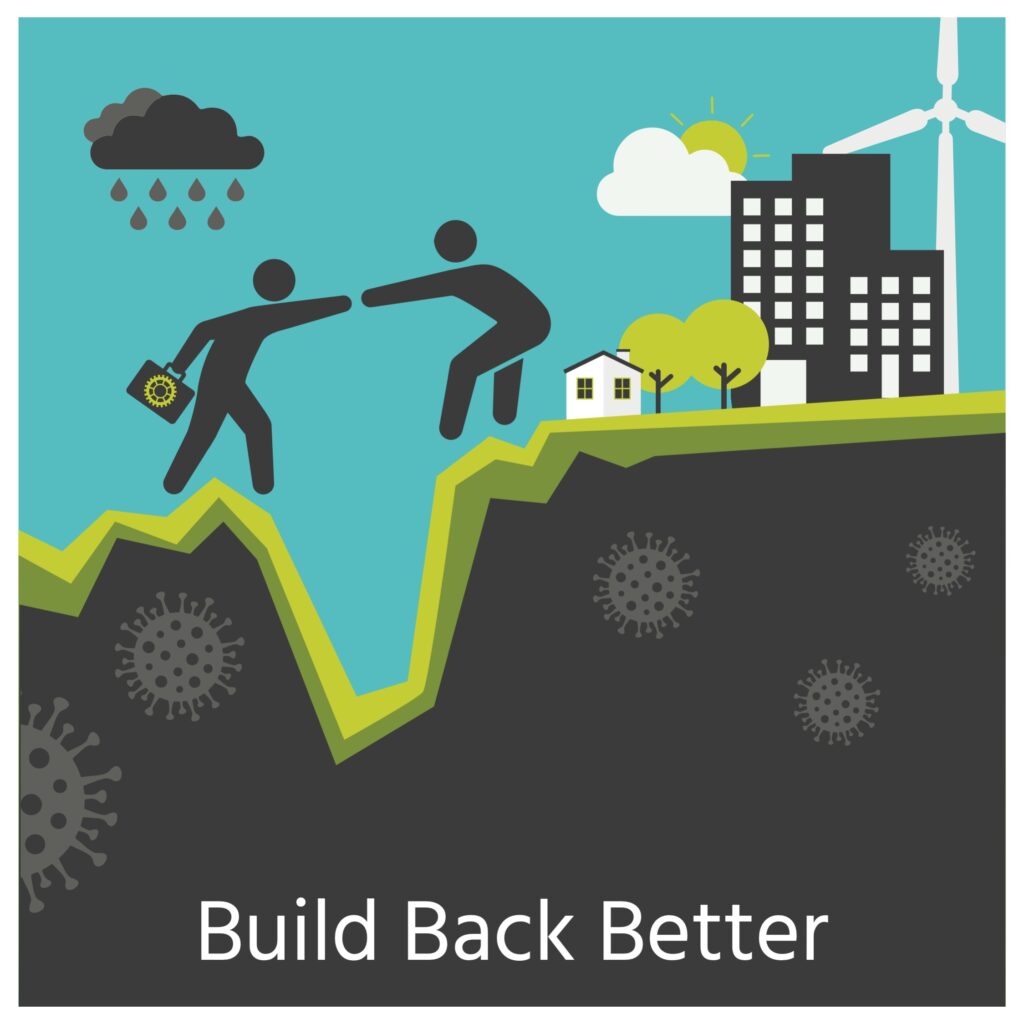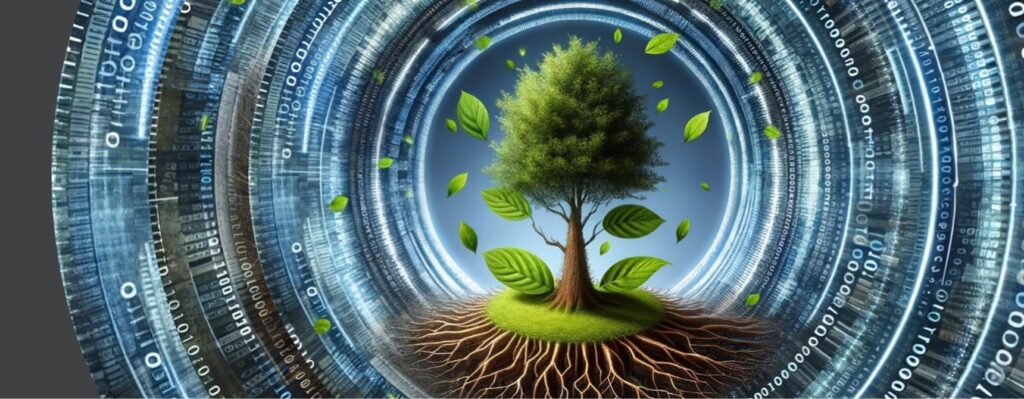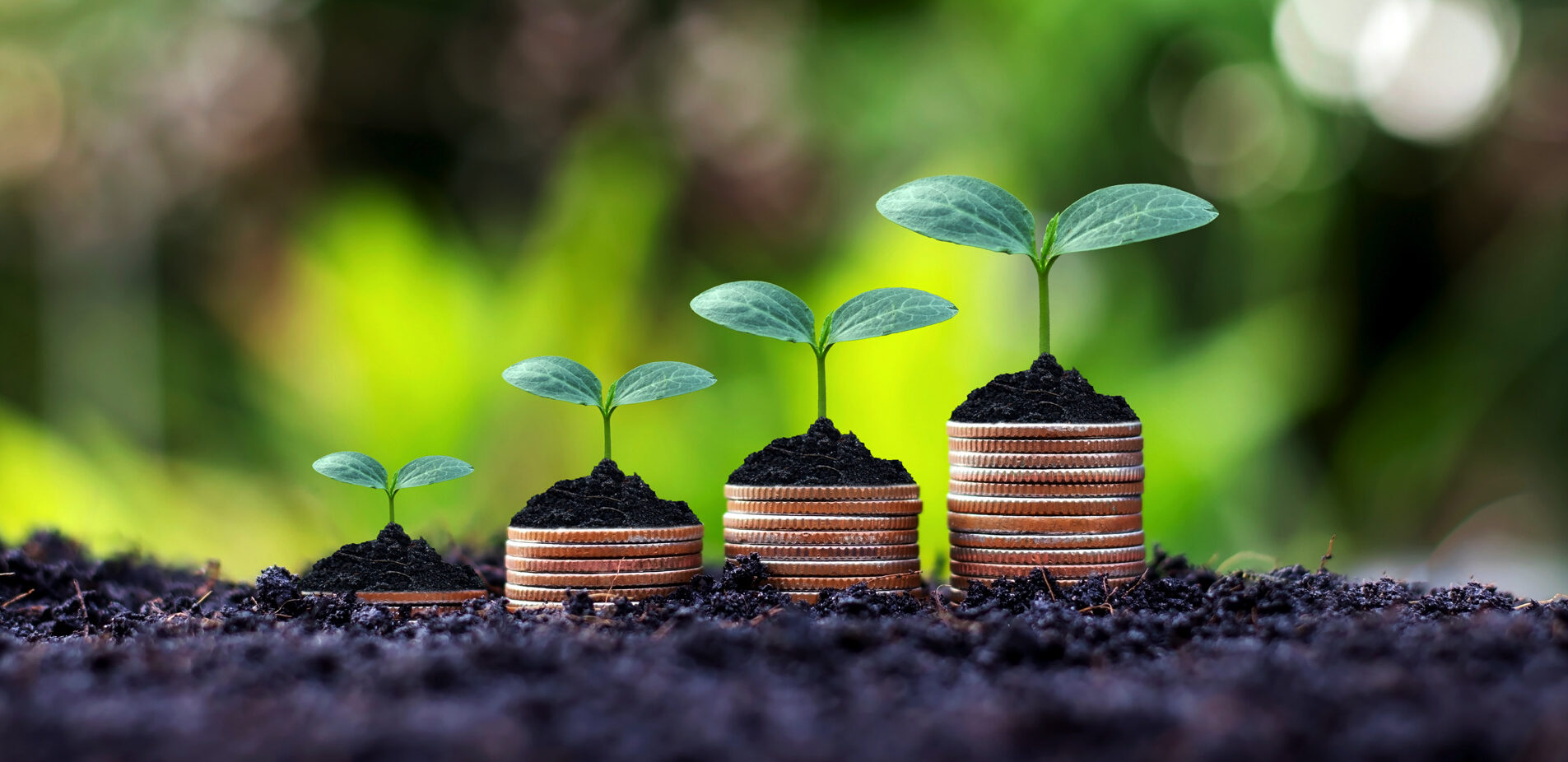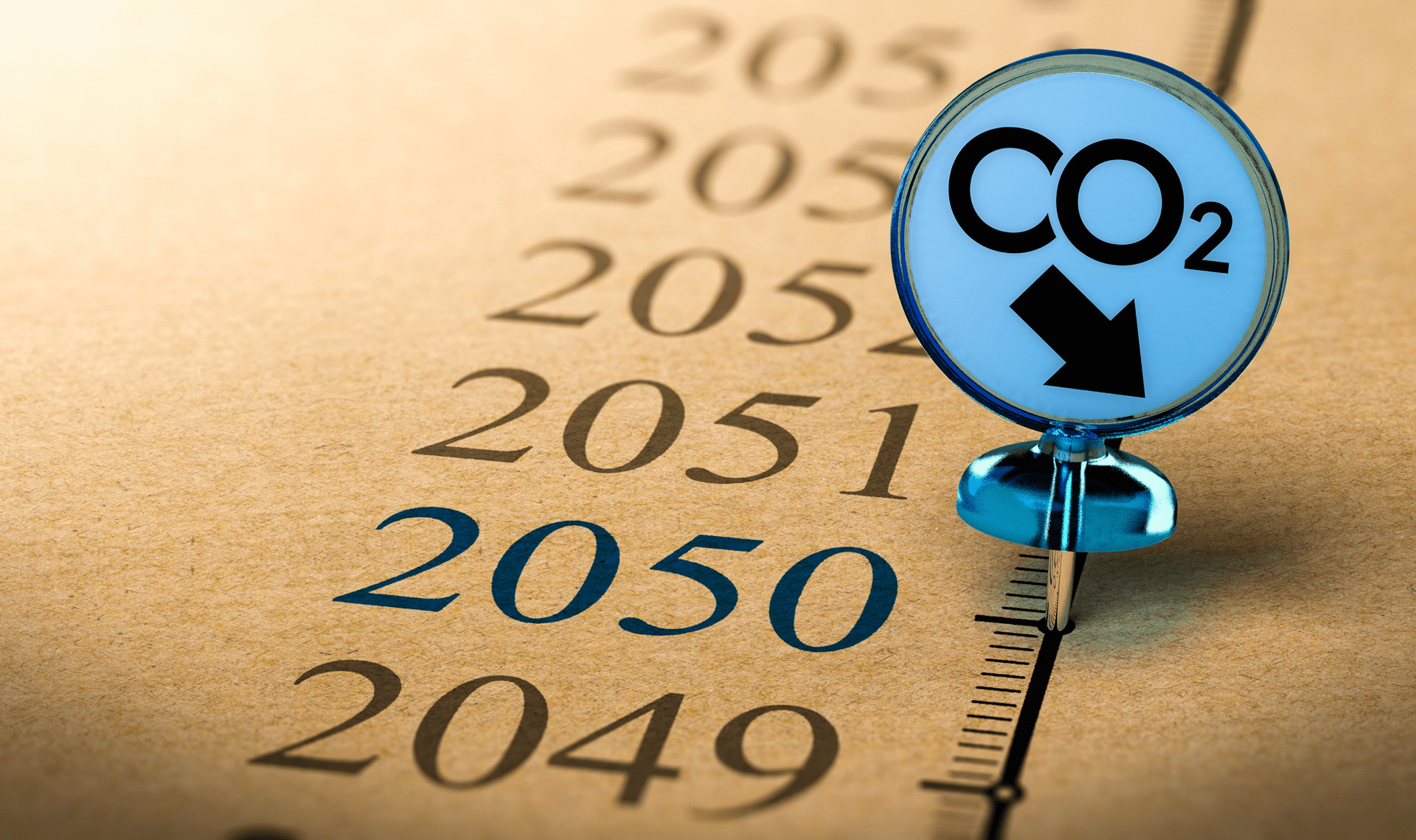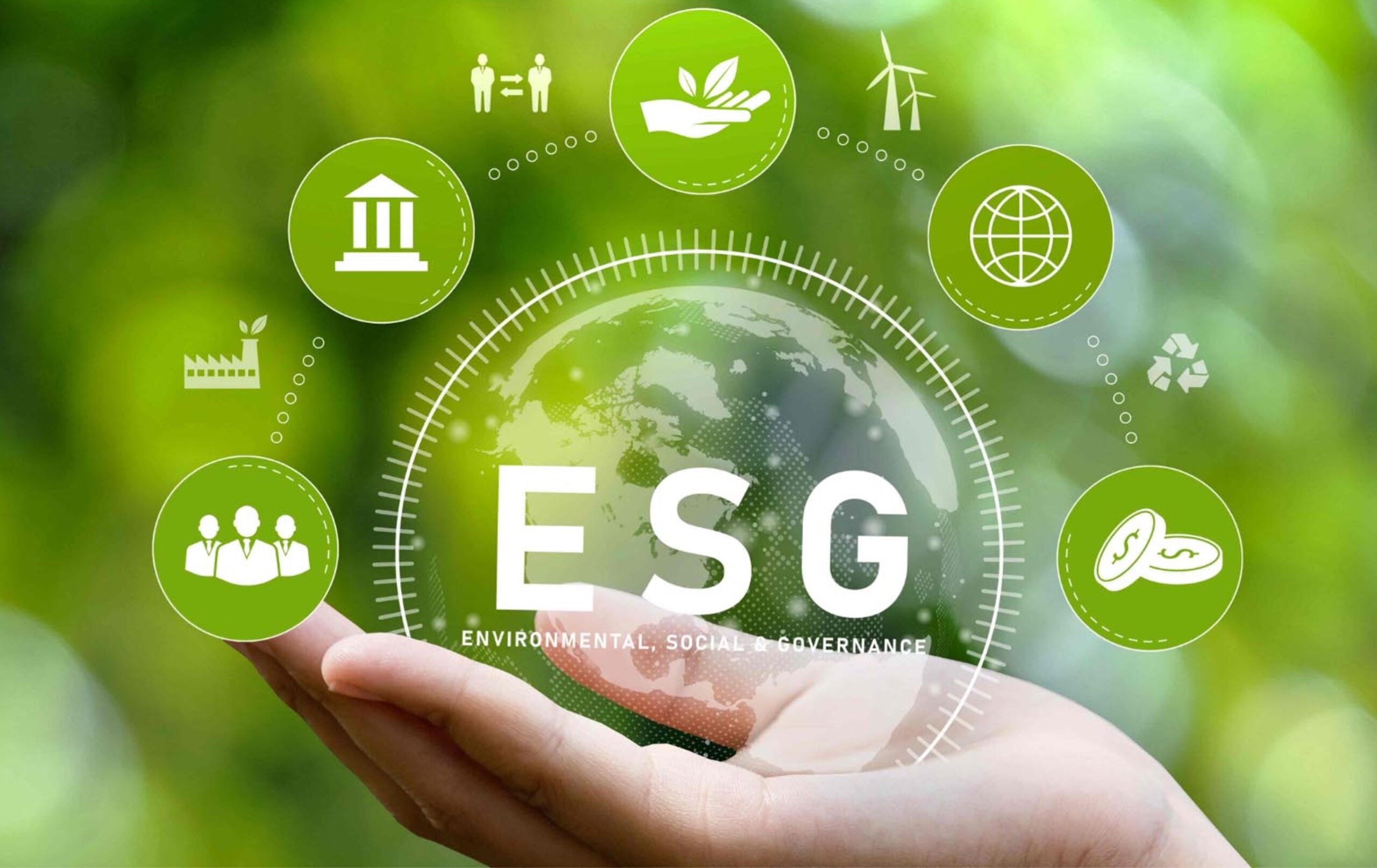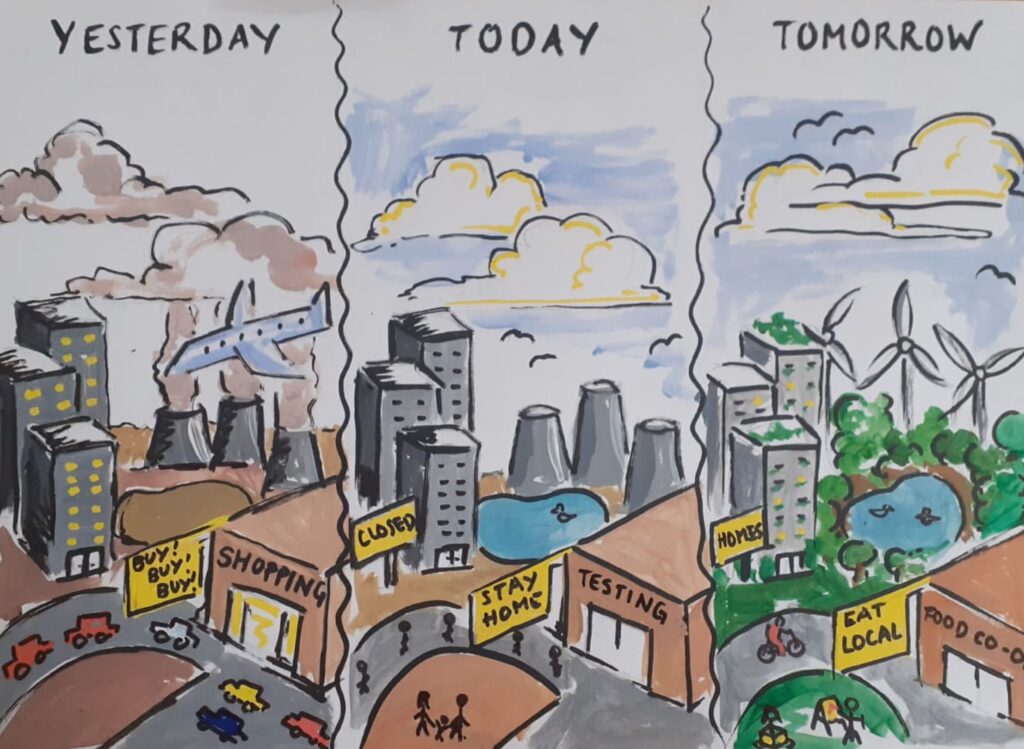
Building Back Better?
The lockdown experience has been different for all. Some of us have found it really difficult, others less so, some have enjoyed it. Whatever your personal experience, it has provided time for reflection and to think about a time, when lockdown is over, or Covid-19 has gone. Many people have reported being changed for the better in some way by the lockdown experience. Others have realised there were things they wanted to change in their lives and the world around them. Positive experiences have included the ability to:
- Hear birdsong due to less noise
- Spend more time with their immediate family, particularly their children
- Work just as productively at home without commuting
- Rediscover lapsed hobbies or interests
These experiences have resulted in many of us now developing an aspiration to build upon and retain these positive aspects in our lives as we emerge from lockdown. These collective post-lockdown aspirations have been summarised in an ambition to Build Back Better.
What does Build Back Better mean to you?
If our goals for a Build Back Better sustainable recovery are to be realised, then sooner or later our desires for a better world need to come about by implementing real change. It is becoming clear that many of us have different ideas about what we think will be needed to Build Back Better.
For some, the actions required are seen in economic terms. A recent example is the move to reduce social distancing from 2m to 1m to help recover the economy in sectors, such as hospitality and tourism.
Others have a vision that we maintain actions that build upon the reduced air pollution and carbon emissions, that have been seen in lockdown, so that people and young children can breathe more easily in urban environments.
Many people see the urgency to make changes in the way society functions. They see a need to tackle reduce injustice and inequality that would ultimately enable everyone to have equal and fair opportunities.
A pathway to a Build Back Better sustainable recovery
Given the hope and optimism attached to the idea of a Build Back Better sustainable recovery, perhaps one way forward is to consider how these wide-ranging aspirations relate to each other. Can we create actions for a meaningful change that really enables all these goals?
Individual objectives for Build Back Better are diverse. They reflect our personal view of those aspects of our life that are most important to us. Examples might include:

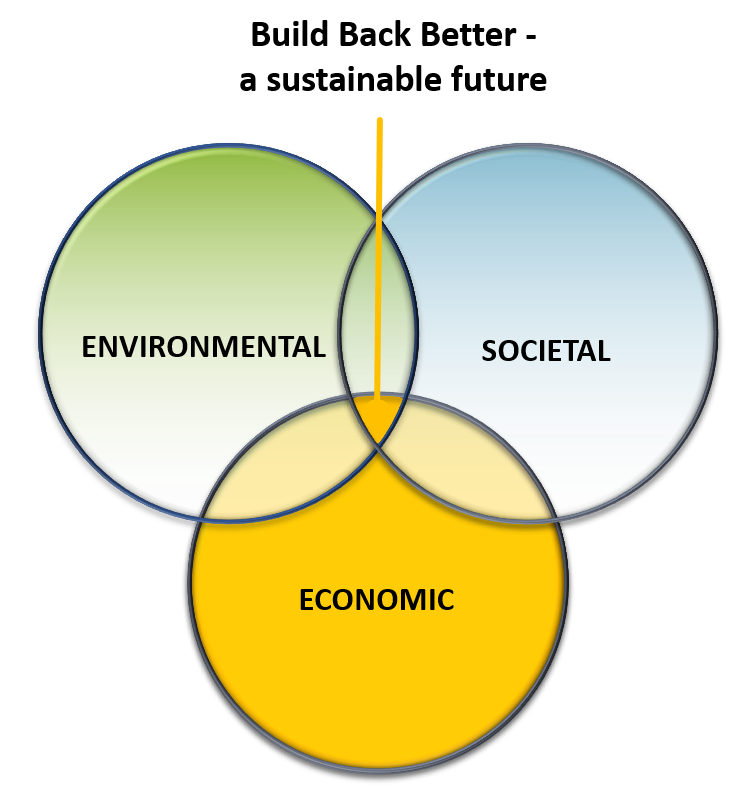 A framework that is relevant to the relationship between these different aspirations was derived 25 years ago, by John Elkington[1] – It is called the Triple Bottom Line model (TBL) (opposite).
A framework that is relevant to the relationship between these different aspirations was derived 25 years ago, by John Elkington[1] – It is called the Triple Bottom Line model (TBL) (opposite).
Although originally applied in a business context, it has been built upon by others to develop more sustainable choices in the way we operate businesses. However, it also provides a useful framing for us to consider our personal priority post-lockdown goals. It helps us realise that there are interdependencies between many of these goals.
If these interdependencies are understood, it means progress can be made more quickly by working collectively on actions that enable some or all of our collective Build Back Better objectives to be met.
It also allows us to consider innovative ideas that reside at the overlap and intersect with the other circles.
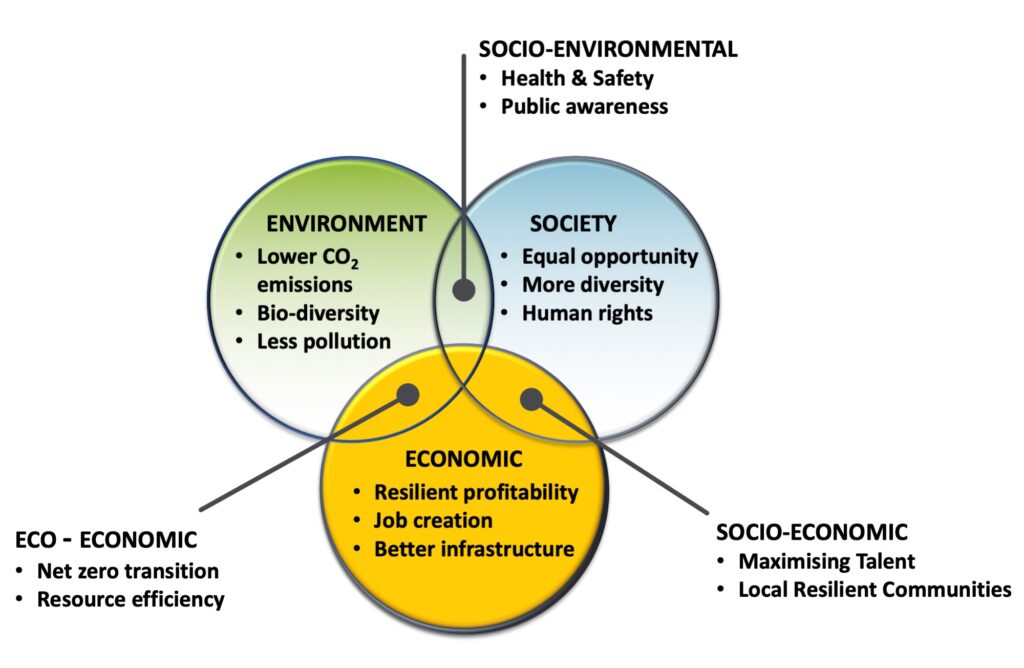
This can help develop greater clarity around areas of common interest to secure more buy-in and collaboration in developing Build Back Better projects. Some examples are shown in the third diagram (above).
Build Back Better requires integrated sustainable innovation
An example of this kind of joined-up sustainable innovation aligned to maximise a Build Back Better vision would be to consider insulating all residential homes in the UK. This could be supported as a Government policy. This would:
- Provide new jobs to implement the installation of insultation providing wages and income that would in turn have a multiplier benefit (Economic).
- Reduce the need for energy to heat homes, thereby reducing greenhouse gas emissions both at a household and societal level and going some way to meet our net zero goals (Environment).
- Optimise energy costs for low income households, who typically spend a higher percentage of their income on heating their homes. Such a program would therefore reduce fuel poverty (Society).
The Triple Bottom Line model offers one way for us to consider the kind of systems change we need to make to ensure that our individual visions of a Build Back Better sustainable recovery are to be of benefit to everyone.
A final thought on making progress to realise a Build Back Better sustainable recovery
Many sustainable ideas for innovation that enable us to Build Back Better can be implemented more quickly, if, we take advantage of recent advances in digital technology. These technologies are providing new ways to use data to measure and monitor our progress. They also increase our ability to share progress and lessons learned. These advances can be used to enable smarter ways to achieve Build Back Better goals and achieve sustainable innovation at a systems level more quickly.
As we emerge from lockdown, armed with an ambition to be more sustainable, many more technology-enabled sustainable innovation opportunities will grow. It has been estimated that adoption of sustainable innovation to support the achievement of the United Nations Sustainable Development Goals will enable global market opportunities of $12 trillion a year by 2030 [2]. For those countries that pioneer these opportunities, there are also likely to be export opportunities for those sustainable innovations applications that work economic, environmental and societal benefits. This could be particularly important for the UK, as we exit the EU.
Find out more
Our hope is that reconnecting and reviewing the Triple Bottom-Line framework helps everyone to think about how they achieve progress with their vision of how we Build Back Better more quickly as we emerge from lockdown.
For business leaders wanting to learn more about Sustainable Smart Innovation, please just visit www.cambiumllp.com . Alternatively, to set up an exploratory chat via your videoconferencing app of choice, please email us at info@cambiumllp.com . We look forward to answering any questions and to exploring if the support we offer can help your business and employees to achieve your Build Back Better goals more quickly.
[1] Cannibals with Forks – The Triple Bottom Line of 21st Century business – John Elkington -ISBN:1-84112-087-7
[2] http://report.businesscommission.org/uploads/BetterBiz-BetterWorld.pdf


